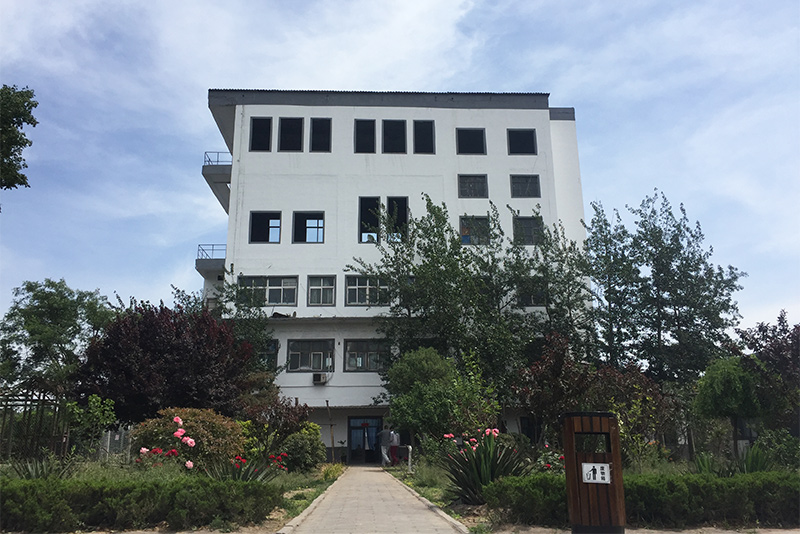The Cost-Effectiveness of Sand Casting An In-Depth Look at Cheap Sand Casting
Sand casting, also known as sand mold casting, is a widely used metal casting process characterized by its versatility and cost-effectiveness. It involves creating a mold from a mixture of sand and a binding agent, into which molten metal is poured to produce a desired shape. This method is particularly favored for producing large and complex metal parts in various industries, including automotive, aerospace, and manufacturing. In this article, we will explore the factors contributing to the affordability of sand casting, its advantages, and the strategies to optimize costs while maintaining quality.
Understanding Cheap Sand Casting
The term cheap sand casting often refers to the economical nature of this casting process compared to other methods, such as investment casting or die casting. The primary reasons for the cost-effectiveness of sand casting include the low cost of raw materials, the simplicity of the process, and the ability to reuse sand.
1. Raw Materials The main component of sand casting is silica sand, which is abundantly available and relatively inexpensive. In addition to sand, other materials such as clay (for binding) and water are required, but these are also low-cost. This affordability of raw materials contributes significantly to the overall cost-effectiveness of the process.
2. Process Simplicity Sand casting is straightforward and does not require expensive tooling. Molds can be created using patterns made from wood, metal, or plastic, which can be produced at a lower cost compared to the intricate molds used in other casting methods. Furthermore, the process allows for quick changes in designs, enabling manufacturers to adapt to shifting market demands without incurring excessive expenses.
3. Reusability of Sand One of the leading advantages of sand casting is the ability to reuse sand multiple times. After a casting session, the sand can be reclaimed, cleaned, and mixed again for future use, significantly lowering material costs over time.
Advantages of Sand Casting
Beyond its cost benefits, sand casting offers several advantages that make it a preferred choice in many applications
- Design Flexibility Sand casting can accommodate complex shapes, making it suitable for a wide variety of applications. Whether producing large components like engine blocks or intricate parts like decorative housings, sand casting is adaptable to different design requirements.
- Large-Scale Production The process is ideal for both small and large production runs. It allows manufacturers to produce single pieces or batches of thousands efficiently, providing flexibility in inventory and production.
cheap sand casting

- Variety of Metals Sand casting can be used with various metals, including aluminum, iron, bronze, and more. This versatility enables manufacturers to select materials based on specific strength, weight, and corrosion resistance needs.
- Minimal Waste Given its ability to reuse sand and the efficient casting process, sand casting generally generates less waste compared to other methods, further lowering production costs.
Optimizing Costs While Maintaining Quality
While cheap sand casting can deliver economic benefits, it is crucial to balance cost with quality. Here are several strategies to achieve this balance
1. Invest in Quality Control Implementing robust quality control measures ensures that defects are caught early, reducing rework and scrap costs. Regular inspections throughout the casting process can save money in the long run.
2. Use Modern Technology Utilizing computer-aided design (CAD) and computer-aided manufacturing (CAM) can improve mold design and accuracy, leading to better-quality casts with fewer defects.
3. Select the Right Pattern Design Using efficient pattern designs can maximize the reuse of sand and minimize waste. Simplified designs that reduce the need for intricate molds can also lower production costs.
4. Optimize Sand Mixtures Experimenting with different sand and binder compositions can yield better casting characteristics. Finding the right balance can enhance mold strength and reduce failures.
5. Batch Size Management Assessing demand and adjusting batch sizes accordingly can optimize resource use and reduce unnecessary expenditures.
Conclusion
Cheap sand casting remains a fundamental process in the metalworking industry due to its cost-effectiveness and adaptability. By understanding the underlying factors that contribute to its affordability and implementing strategies to enhance quality, manufacturers can leverage the benefits of sand casting while maintaining economic efficiency. This balance of cost and quality continues to drive the popularity of sand casting across various sectors, ensuring its relevance for years to come.
Post time:lis . 20, 2024 14:20
Next:foundry sand specifications
